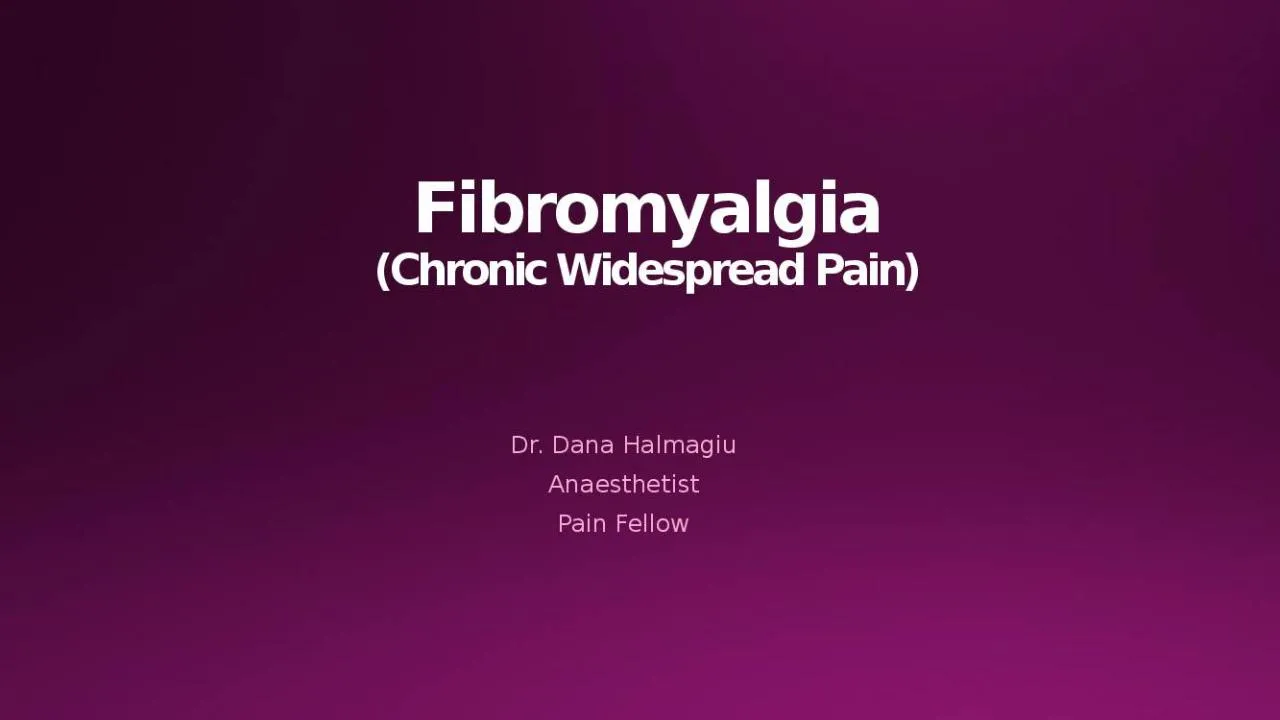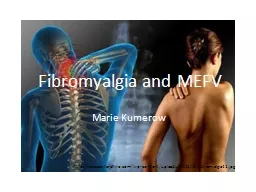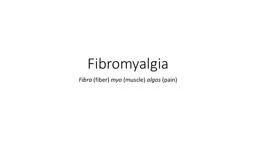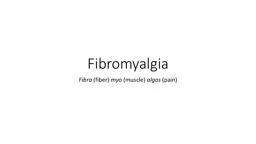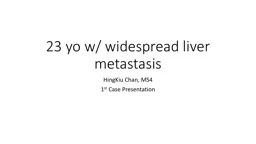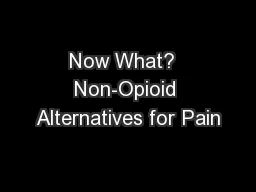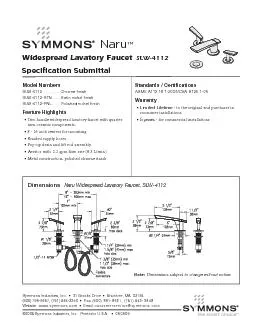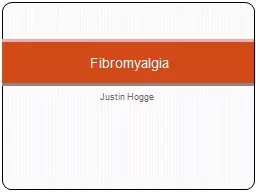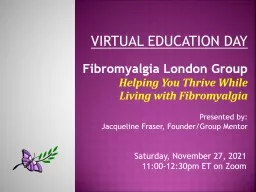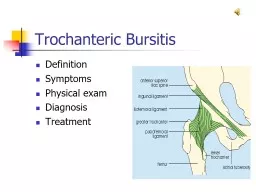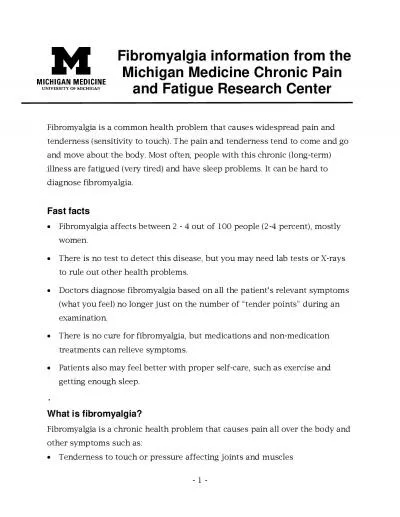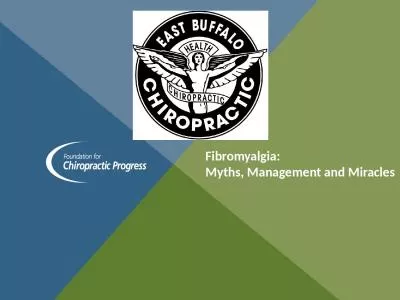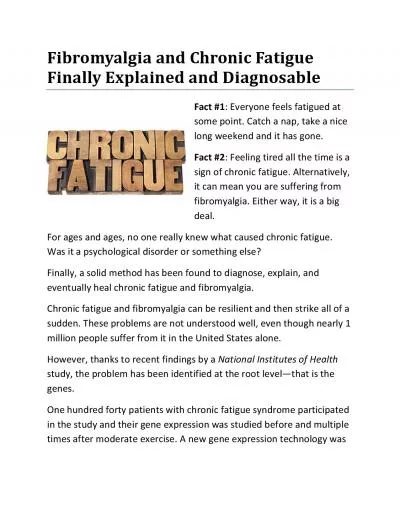PPT-Fibromyalgia (Chronic Widespread Pain)
Author : sophie | Published Date : 2022-05-14
Dr Dana Halmagiu Anaesthetist Pain Fellow Fibromyalgia Meaning Latin fibra fibre Greek myos muscle Greek algos pain Syndrome rather than disease as there
Presentation Embed Code
Download Presentation
Download Presentation The PPT/PDF document "Fibromyalgia (Chronic Widespread Pain)" is the property of its rightful owner. Permission is granted to download and print the materials on this website for personal, non-commercial use only, and to display it on your personal computer provided you do not modify the materials and that you retain all copyright notices contained in the materials. By downloading content from our website, you accept the terms of this agreement.
Fibromyalgia (Chronic Widespread Pain): Transcript
Download Rules Of Document
"Fibromyalgia (Chronic Widespread Pain)"The content belongs to its owner. You may download and print it for personal use, without modification, and keep all copyright notices. By downloading, you agree to these terms.
Related Documents

